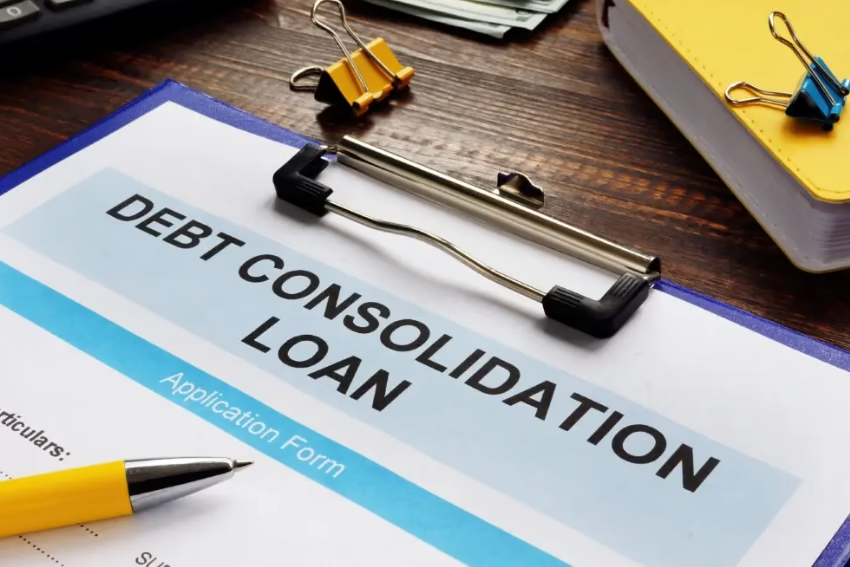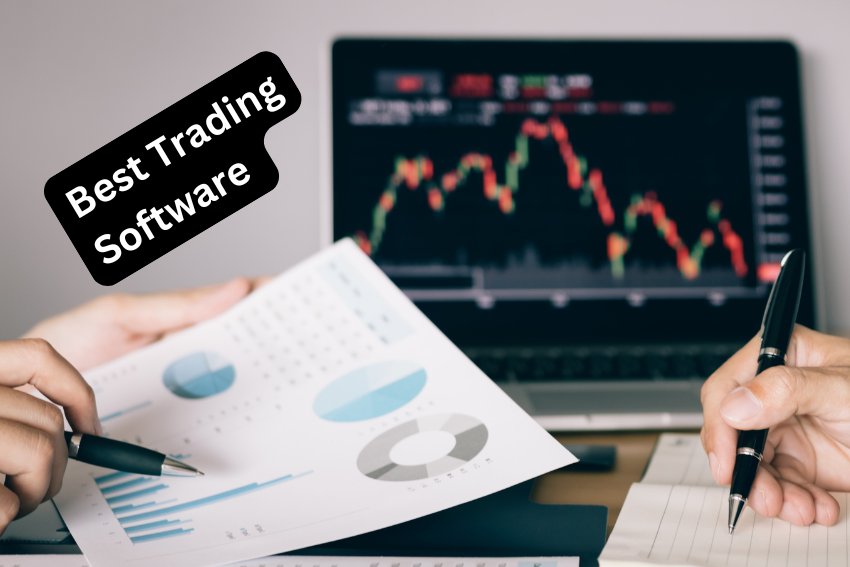Leverage is a commonly known concept in trading, whether in stocks or currencies. It essentially means that a trader can borrow funds from their broker to make a trade. This borrowed amount is called leverage. The uniqueness of forex leverage is that a higher amount of leverage is possible than say, in stocks.
Inner workings of forex leverage
To benefit from forex leverage, a key term to understand is leverage ratio. The ratio is nothing but the amount of debt that the trader takes on compared to their own investment. So, if a trader borrows the same amount as the investment, the leverage ratio would be 1:1. But if the borrowing is 100 times bigger than the investment amount, the ratio would be expressed as 100:1. The leverage ratio can rise up to as high as 400:1.
The key advantage to forex leverage is that it increases the profit potential multifold. Consider an example. A trader invests $1000 with no leverage and makes a gain of 10%. The profit would be $100. Now, if the same trader has a leverage ratio of 100:1, they now have $100,000 to invest. With a gain of 10%, they now make a profit of $10,000.
In other words, they can make a much bigger gain with the same amount of investment if they are leveraged. While this sounds like a lucrative trading strategy, it is not without risks. Not all trades profit, which means that the downside can also be substantially bigger if you make a loss.
Margin in forex trading
While leverage is a term that can be used interchangeably across financial markets, the term margin cannot. So, it is essential to know what it means in the context of forex trading. It is the deposit amount kept on hand with the broker when a trading position is opened. It can be seen as collateral, which ensures that the trader meets their obligations. This is different from a margin in stock trading, where it refers to the amount borrowed to make an investment.
How to succeed with forex leverage
For a trader who is just starting out with forex leverage, it would be helpful to keep a few handy tips in mind. These can go a long way in ensuring success in forex trading while minimizing any losses that can inevitably happen along the way. A few of these are as follows:
Leverage amount
A trader who is just starting out in the forex market, might want to use a lower leverage. A good rule of thumb would be to borrow as much as you can comfortably pay back. Any higher amount could be risky for financial stability. As a trader grows in experience and success with the forex market, they can contemplate higher leverage.
Stop losses
When using forex leverage, the risk of losses is compounded. So, it would help to have a stop loss in place, which closes the trade when the loss reaches a pre-specified amount. Consider that you expect a currency to appreciate for example, but it starts depreciating instead. Having a stop loss in place can limit this loss.
Handy cash
Trading opportunities can arise at any moment for many reasons. It could be triggered by a key economic data point like inflation or a big policy change like Brexit. These affect the exchange rate of the country in question. With forex leverage in place, a trader can profit big from these opportunities as and when they arise.
How to choose a forex broker
Perhaps the most important decision when going for forex leverage is choosing the right broker. If you are an experienced trader, you might want to select brokers with high leverage. This can vastly increase your future profits.
But this might not be your biggest need if you are just starting out. It is advisable to keep leverage low at the start. In this case, you instead would want to consider factors like margin requirements as well as fees. The lower the margin and fees are, the less is the outgo at your end. Also, choosing a good trading platform is key. Here too, an experienced trader might look for one that offers plenty of trading options. While a newbie trader might want to concentrate on a well-functioning and simple platform only.
Key takeaways
Based on this primer, you can now decide whether forex leverage is for you or not. Or how much leverage you want to start with. There is no denying the huge profit potential using leverage. But the downside needs to be considered too. There can be losses too. But much of this loss can be avoided using the right trading strategies. And profits can be multiplied by taking advantage of trading opportunities as soon as they arise. It is clear that forex leverage cannot be mastered in a day, but it is an option to consider for a serious trader.






